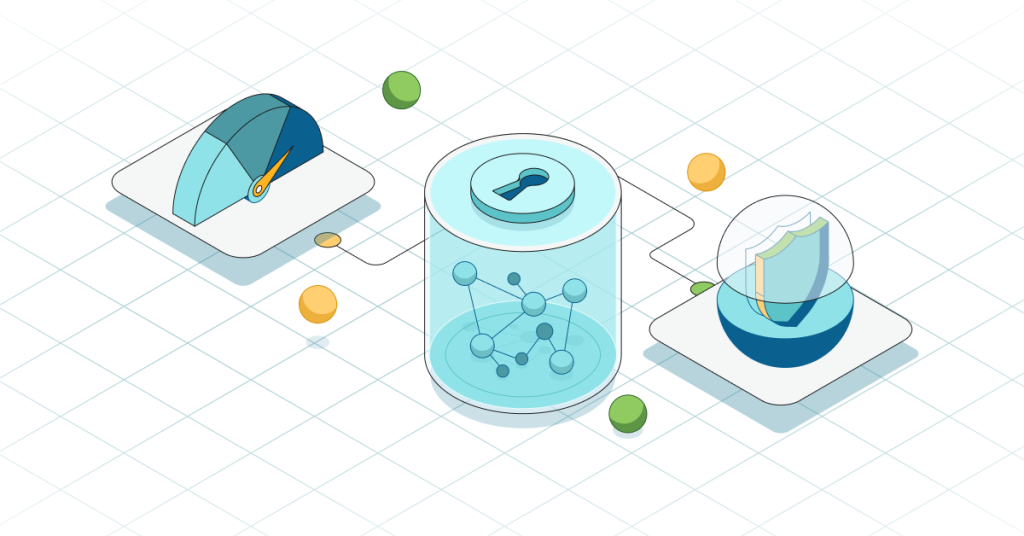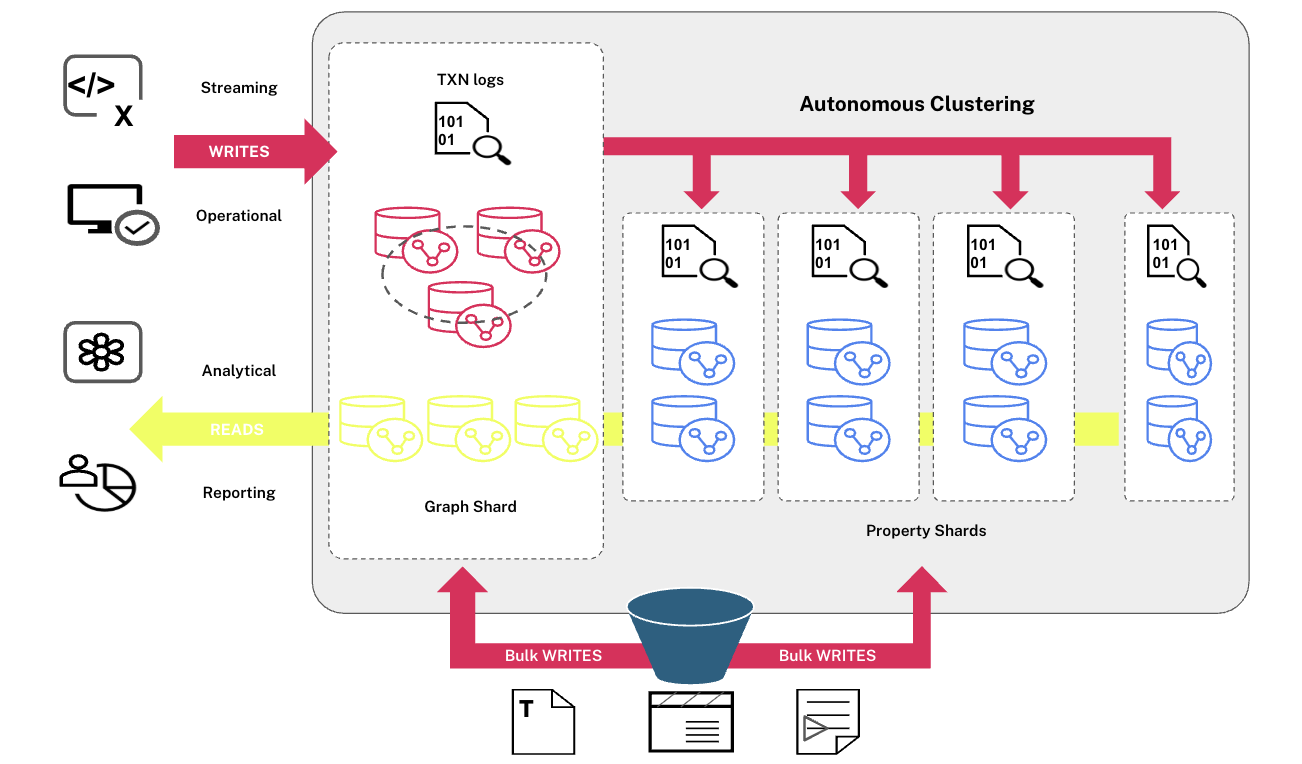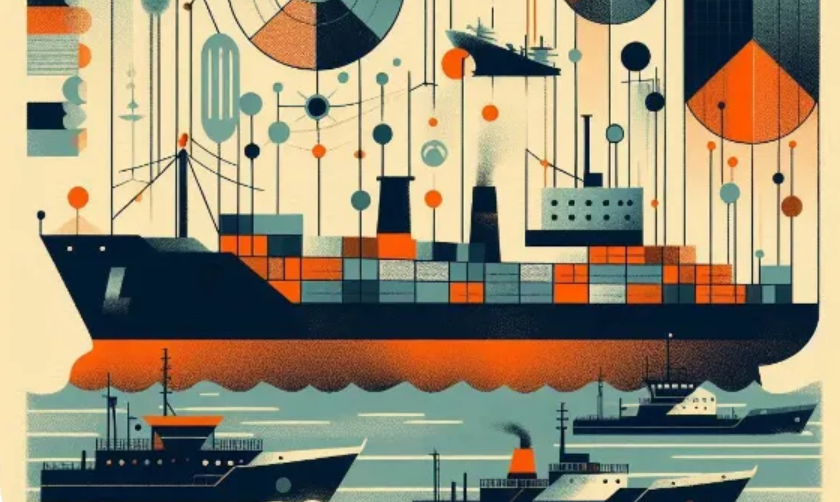From Collected Data to Connected Data

Vice President, APAC Marketing
3 min read


Throughout my 37-year career in information communications technology, beginning from a System Engineer after graduation to my current role of Regional and Global Marketing, one thing remained constant – DATA!
It is either about how fast we process it with the fastest of CPUs or how much we can store in tapes, disks, and optical devices.
In parallel, as I transitioned into a professional marketer, data has never been far from any discussion – whether in direct context or in its endless ancillary uses.
The collective obsession of how fast we could process it quickly became how much we could process. Soon enough, this evolved into how many types of data there is, as the world of social media and edge devices explodes around us.
The focus also very quickly evolved from data generation to data collection, as we have seen in the world of RDBMS (relational database management systems) as well as Apache Hadoop. This therefore yielded questions from the CEO to the CIO about the increasing budget for storage devices as the amount of data collected grew exponentially. The question is: What is the value of the collected data?
The dawn of the new era is now here!
Making sense of data needs to have a logical and somewhat humanized approach. How do we connect one piece of data to another, and more importantly, how do we cater to the ever-changing world of behavior swiftly and efficiently?
Mapping data back to the way humans think is the most logical and natural progression.
And because we as humans change our minds, the relevance of the connected data points change as well, and thus impacts any decisions we make as a result of that cognitive mapping.
Table and column-based data organization may work well enough for certain tasks, but in the pandemic present and expectation for real-time behavior tracking of recommendation engines, it just doesn’t cut it anymore.
As the Chinese saying goes, “The new wave pushes on the old waves…”
Connecting the data points provides us not just a whole new perspective in how we see the insights and gather information, but also enables us to discover what we did not know that is hidden deep in the interconnectivity of those data points. And this, my friends, results in knowledge.
This knowledge will provide us with new and innovative ways to solve old problems and uncover new frontiers. This knowledge will allow us to more efficiently make advancements in everything from research and epidemiology to help solve social issues and more effectively address climate change.
In short, we are just now at the cusp of a new frontier of discovery. Not knowing what we do not know should give way to discovering what we do not know and then finding ways to explore that and benefit as a species and as a planet.
That in itself is connected data.
That in itself is a graph!








